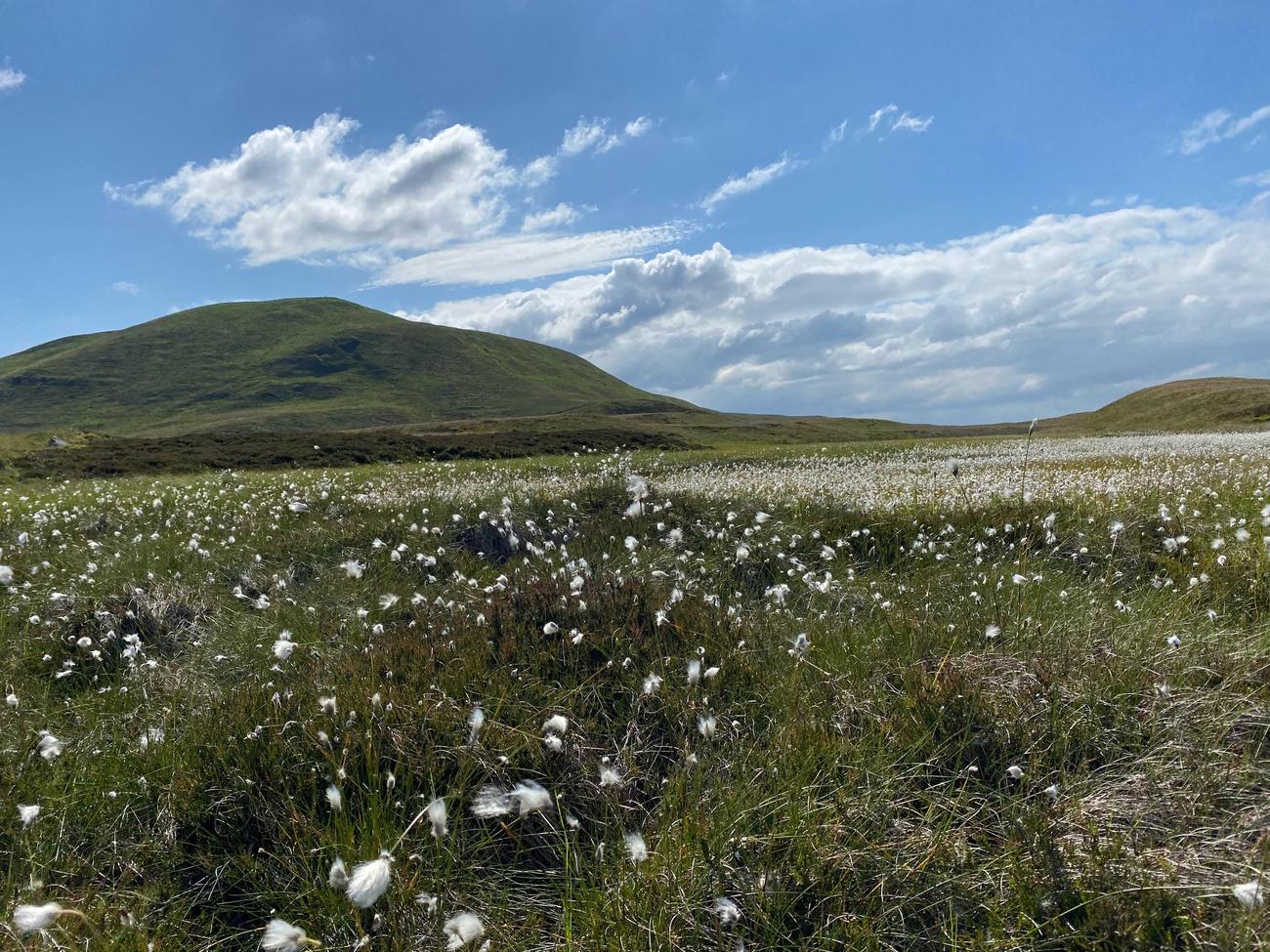Prepare to embark on a captivating journey through the intricate world of cotton as we delve into its hidden stories and unlock fascinating insights. In this article, we unravel the secrets that lie within the cotton industry, exploring its cultivation, trade dynamics, and sustainability practices. With years of experience in the textile industry, I bring you a wealth of knowledge and a keen eye for detail, allowing us to uncover the mesmerizing narratives that shape cotton’s journey from the field to the fabric. Join me as we unravel the captivating insights that lie beneath the surface of this humble yet remarkable fiber.

Captivating Insights on Cotton
Cotton, the most widely used natural fiber in textiles, holds a wealth of captivating insights that span from its cultivation to its impact on global economies and the environment. In this article, we will explore some of these insights, shedding light on the complexities and stories that lie behind cotton’s journey from the field to the fabric.
Sustainability Challenges in the Cotton Sector
The cotton sector faces numerous sustainability challenges, from low farm prices to excessive water consumption and the use of pesticides. These issues not only affect the livelihood of cotton farmers but also have a significant impact on the environment. So, how are cotton producers addressing these challenges?
Insight 1: Cotton producers are actively implementing voluntary sustainability standards to tackle the sustainability issues prevalent in the cotton sector. These standards encompass practices to reduce water consumption, eliminate or minimize the use of pesticides, and ensure fair labor practices. The adoption of these standards contributes to a more sustainable cotton industry.
Cotton: Beyond a Textile Crop
While cotton is primarily known for its role in textiles, it also has much more to offer. Its economic potential extends beyond fiber production, with high-quality protein and oil being valuable resources derived from cotton.
Insight 2: Cotton’s economic potential goes beyond just textile production. The crop provides a source of high-quality protein and oil, making it a versatile and valuable resource. By exploring these alternative uses of cotton, we can unlock new possibilities and opportunities for sustainable economic development.
Unveiling the Global Cotton Supply Chain
The global cotton supply chain is shaped by various factors that influence cotton prices and trade dynamics. This complex web of interactions creates a constantly evolving market that requires continuous research and analysis.
Insight 3: The global cotton supply chain is influenced by a multitude of factors such as weather conditions, government policies, and changes in consumer demand. These factors can have a significant impact on cotton prices and trade dynamics. Understanding these influences is key to navigating the complexities of the cotton market.
Cotton: A Window into Genome Evolution and Cell Elongation
While cotton’s economic significance is widely recognized, it also serves as an ideal system for studying genome evolution, polyploidization, and cell elongation. Scientists have utilized cotton as a model organism to unlock mysteries in various fields of study.
Insight 4: Cotton holds immense scientific value as a system of choice for functional genomics studies. Researchers leverage the resources and tools available for investigating genome evolution, polyploidization, and cell elongation. By studying cotton, we gain insights not only into the crop itself but also into fundamental biological processes.
Better Cotton: Tackling Labor and Social Issues
Addressing labor and social issues in cotton production is a priority for the industry. Better Cotton, a program that accounts for 20% of global cotton production, aims to improve social, environmental, and economic conditions for cotton farmers.
Insight 5: The Better Cotton program is making strides in addressing labor and social issues in cotton production. With its implementation in 26 countries, the program promotes sustainable practices, including fair wages, safe working conditions, and community development. By supporting initiatives like Better Cotton, we contribute to a more responsible and equitable cotton industry.
Advancements in Cotton Research
Advances in cotton research encompass a wide range of topics, from crop improvement to developing sustainable practices. These research efforts continually push the boundaries of our understanding and innovations in the cotton industry.
Insight 6: Cotton research plays a vital role in enhancing the productivity, sustainability, and resilience of cotton crops. Researchers explore various avenues, including genetic improvements, pest management strategies, and efficient water use. By staying at the forefront of cotton research, we can harness the full potential of this remarkable crop.
In conclusion, delving into the captivating insights surrounding cotton reveals its significance beyond being a textile crop. From sustainability challenges to scientific exploration, the story of cotton is vast and filled with untold tales. By uncovering these insights, we gain a deeper understanding of the complexities and opportunities within the cotton industry. Let us continue to explore, innovate, and embrace the wonders that cotton holds, ensuring a sustainable and prosperous future for this remarkable fiber.
Cotton has been a beloved fabric for centuries, and there’s so much more to learn about this fascinating material. If you’re curious to discover some intriguing facts about cotton, you won’t want to miss our compilation of “10 Interesting Facts About Cotton.” From its rich history to its surprising uses, this article delves into the lesser-known aspects of cotton production and its impact on our daily lives. So why wait? Click here to uncover all the captivating details! 10 Interesting Facts About Cotton

FAQ
Q: What is the significance of cotton in the textile industry?
A: Cotton is the most widely used natural fiber in textiles, accounting for one third of total fibers manufactured worldwide. Its versatility and unique properties make it a preferred choice in the industry.
Q: What sustainability issues does the cotton sector face?
A: The cotton sector faces sustainability issues such as low farm prices, excessive water consumption, pesticide use, and forced labor. These challenges need to be addressed to ensure a sustainable and ethical cotton production process.
Q: How are cotton producers addressing sustainability challenges?
A: Cotton producers are using voluntary sustainability standards to address challenges in the industry. These standards aim to promote sustainable practices, minimize environmental impact, and ensure social responsibility throughout the cotton supply chain.
Q: How does the cotton market impact global economies and the environment?
A: The cotton market has a significant impact on global economies and the environment. Factors such as cotton prices, trade dynamics, and production practices can influence market outcomes. Understanding these impacts is crucial for sustainable development and informed decision-making.
Q: What are some key players and advancements in cotton research and market analysis?
A: Key players in cotton research and market analysis include organizations like Camozzi Group, Cotton Incorporated, and Fibre2Fashion. Advances in research cover a wide range of topics related to cotton improvement and development, offering valuable insights into the industry’s future prospects and challenges.
- Unlock Filipino Culture: A Deep Dive into Traditions and Practices - April 23, 2025
- Unlock Spanish Culture: Insights & Opportunities Now - April 23, 2025
- White Spirit Uses & Substitutes: A Deep Dive for Pros & DIYers - April 23, 2025
















